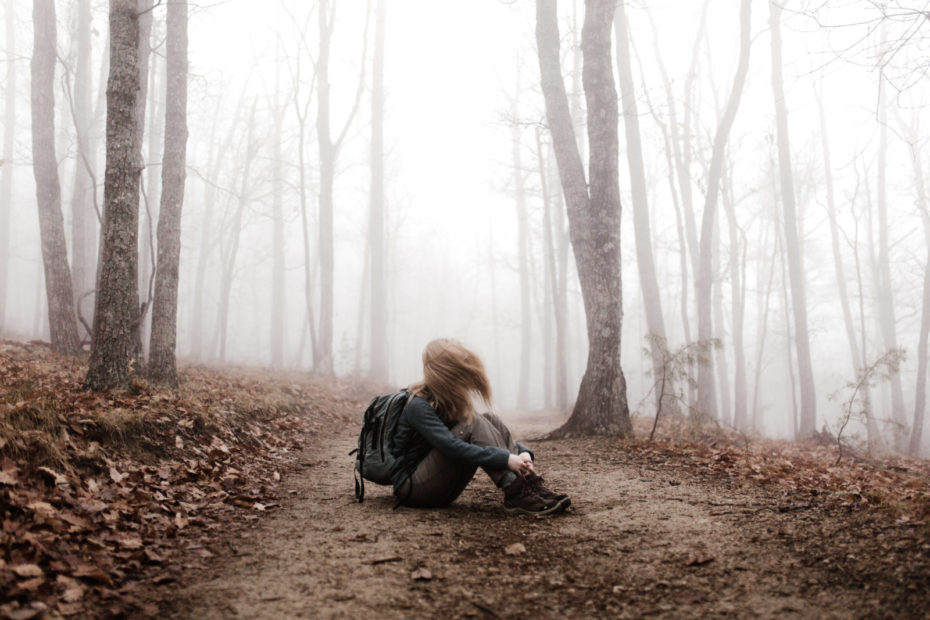Table of Contents
What are the list the seven priorities for survival in a backcountry or wilderness?
The idea of the seven priorities for success in the wilderness originated from the American Boy Scouts, and understanding such goals is a prerequisite to receiving the Boy Scouts of America merit badges: Wilderness Survival. Survival in the wild is a common-sense approach, one that is quickly taught to young people and often discussed beyond the field of scouting.
Listed in order of importance, the seven priorities are
- positive mental attitude,
- first aid,
- shelter,
- fire,
- signaling,
- water
- and food.
Positive attitude

The first priority in the BSA’s wilderness survival process is maintaining a positive mental attitude. It is popular to use the acronym S.T.O.P to teach this concept: Stop, think, observe and plan. When you realize that you’re lost, the idea is to stay put. Don’t try to go back. Don’t panic.
To help yourself and those in your party, you need to rest and have a clear frame of mind. You will focus on what to do next once you have studied your surroundings with a clear head.
How does S.T.O.P work?
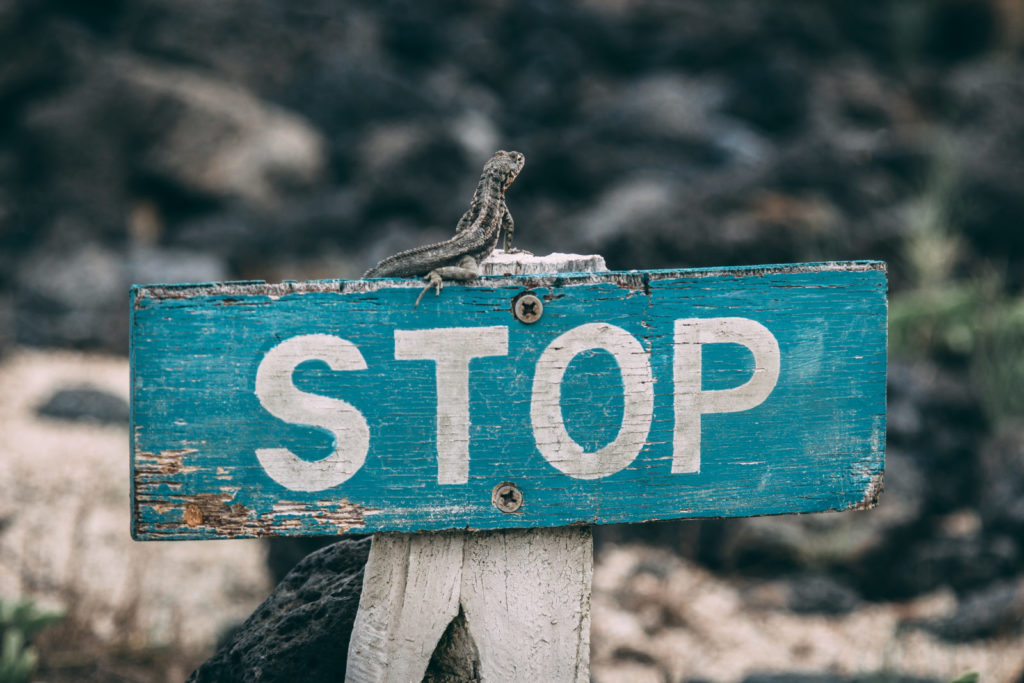
Stop
The instant something goes wrong, stop immediately.
The worst thing you can do is panic and start running around or attempt to “retrace your steps.” That’s the best way to get even more lost or to waste valuable time that would be better spent dealing with the actual problem (first aid, approaching storm, etc.).
Simply stop moving, take a deep breath, and think about what to do next.
(Caveat: If you are above the tree line and suddenly see a storm coming—storms can sneak up on you quickly in the mountains—get down below the nearest tree line as fast and safely as possible, then stop and do the rest of this assessment.)
Think
Your head is the most useful tool you have in the wilderness. (I know: shocking.) Determine your problem, then determine how to deal with it.
First up: See if you can figure out where you are.
Get out the map and compass and try to orient yourself using the local landscape (mountains, ridges, streams, etc.).
Have everyone go over the last place they remember where they knew where they were (trail marker or unmistakable landmark).
Don’t go anywhere yet. Just try to figure out the plan.
Observe
Observe not only your surroundings but also your group.
- Does anyone need first aid?
- Is anyone freaking out and needs to be reassured (keep an eye especially on the younger kids).
Take inventory: What gear do you have?
Think about the next few steps on this list.
- Where is the best place nearby to seek shelter should you need it?
- Using the map and your eyes, determine where you could best signal for help (hilltop or nearby clearing)?
- Where is the nearest water source?
Plan
Once you know everything above, you can continue to plan.
- If someone is grievously injured, apply first aid then get them to safety.
- If seriously bad weather is coming, seek shelter.
- If you are lost, stay put.
Source: http://www.scouttroop116.com/Survival-1-STOP.html
First aid
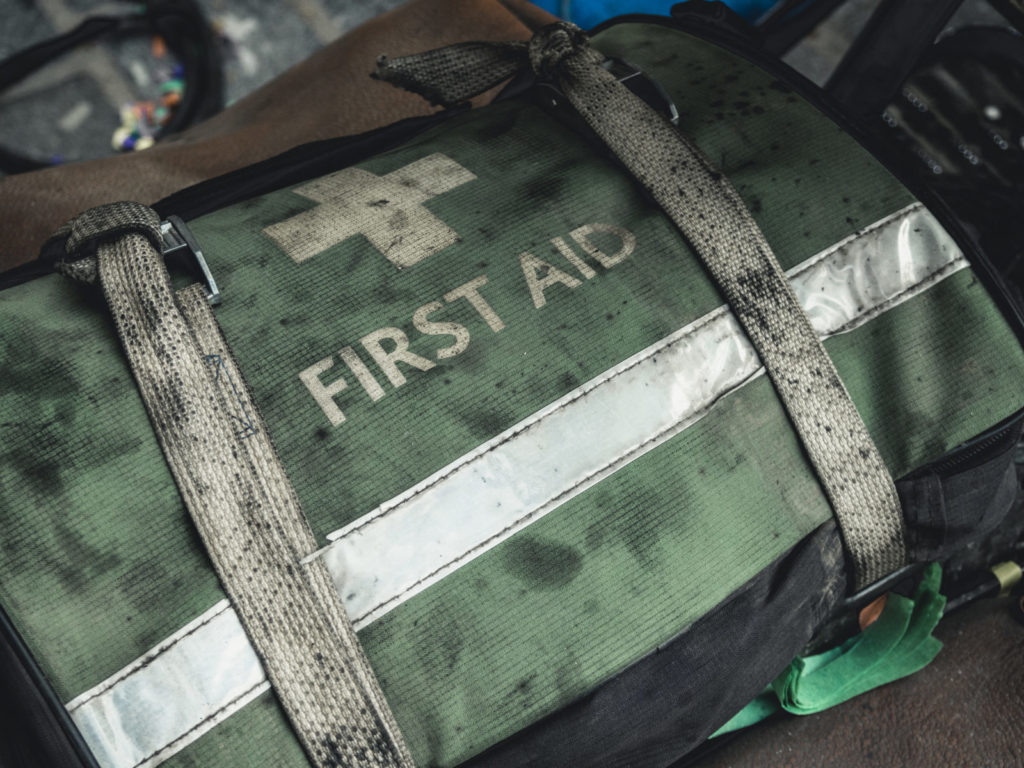
Check to see if you or anyone in your group needs first aid administered before doing anything else. This includes checking for any signs of hypothermia, which has a slow onset and can occur even when temperatures are well above freezing.
Look for shelter and build a fire
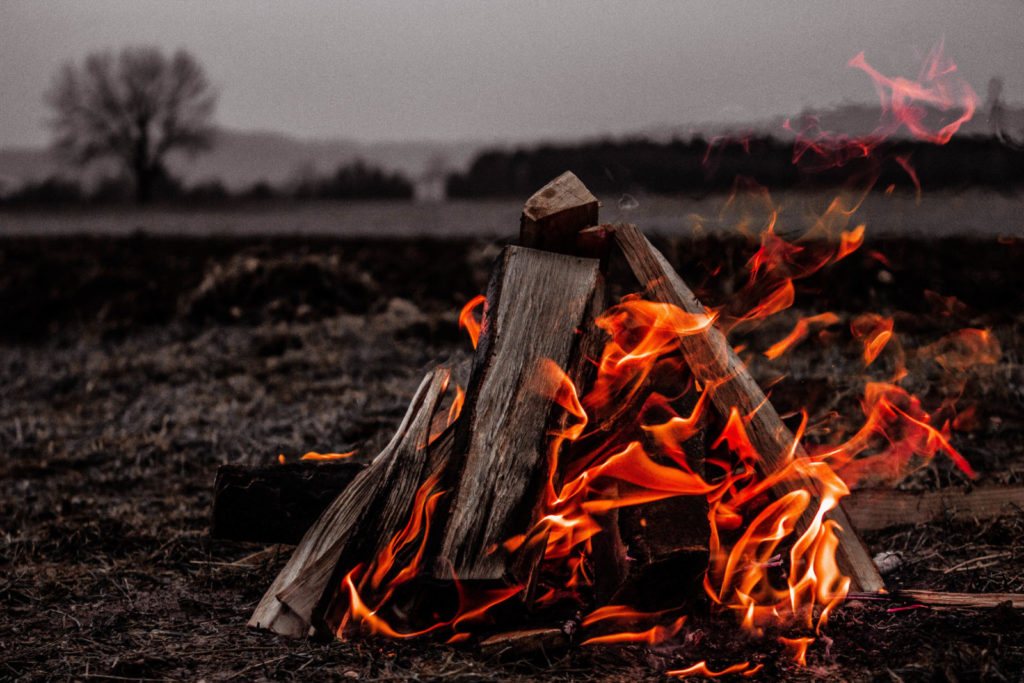
The next two survival objectives are shelter and fire after you have adequately sized up the situation and administered the required first aid. Changing weather and wildfire is a major concern. Building a shelter and a fire helps to keep these potential hazards at bay. It’s what humans did before civilization when they were hunters and gatherers, and if you want to live in the wild, it’s what you should do. Don’t wait to make a fire or shelter until evening, take full advantage of the daylight while you’ve got it.
Signal for help
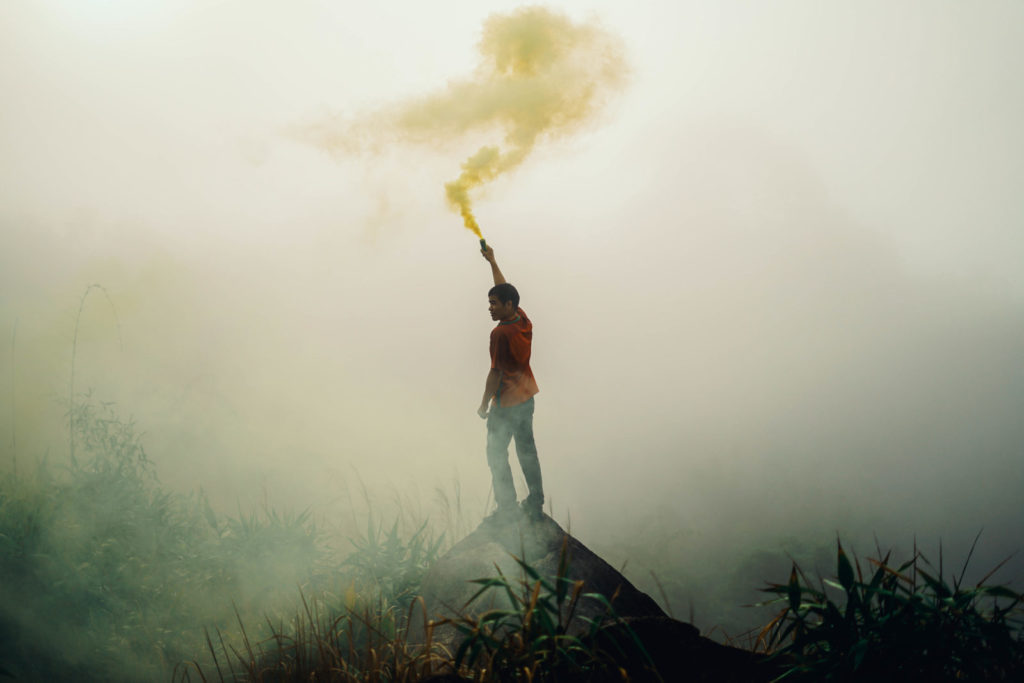
You need the resources to start signaling for help now that you have shelter and fire. A whistle, a signaling mirror and a small fire-starter kit containing flint, steel and lighting are some items that you should always include in your pack for any backcountry camping excursion. I do not recommend yelling for support as it wastes strength; yelling doesn’t travel as far as a whistle’s echo.
Signaling devices to reflect light from a small signaling mirror or smoke from a spark. Three short sound bursts or reflections of light repeated in succession works as well. Put it off for battery saving before you really need it if you have a cell phone. You may still be able to get a weak signal from a nearby hilltop, even in a remote location.
Water and Food
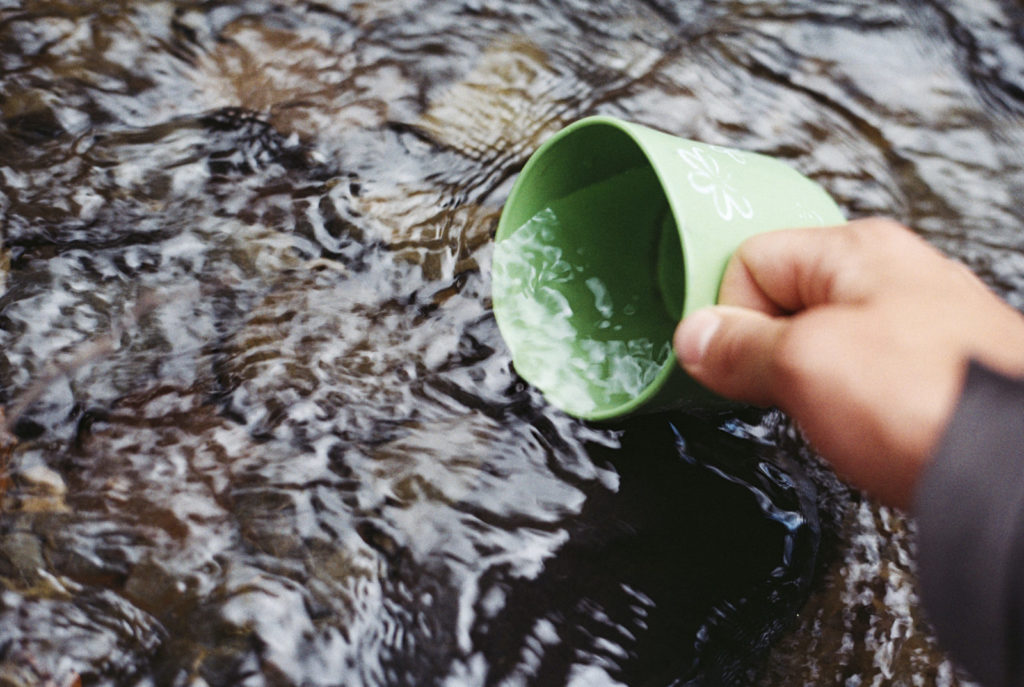
It seems counter-intuitive, but after you realize you’re lost, water and food should be the least of your immediate concerns. That’s why, respectively, they’re the last two things on the BSA list. Until searching for water and food, it is more important to stay put and make a shelter and fire. It’s more important to hydrate yourself first when hunger and thirst hit.
In circumstances of severe survival, a person can go without food for weeks, as long as he is hydrated. But for more than a couple of days you can’t survive without water.
